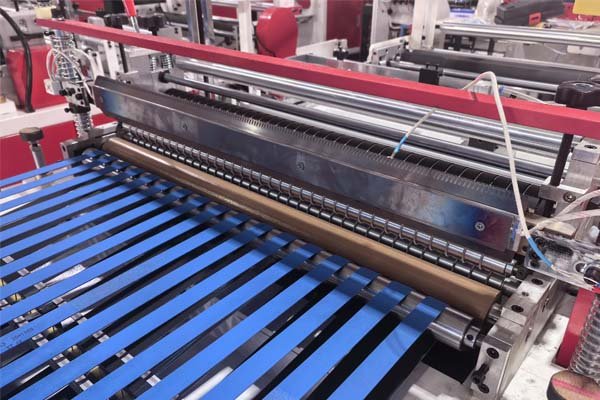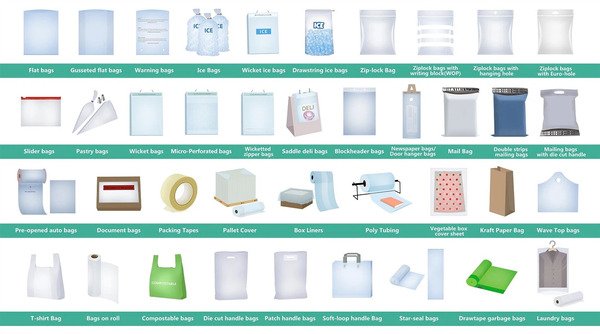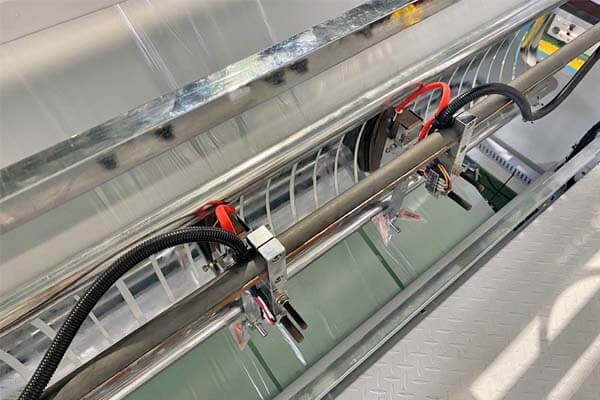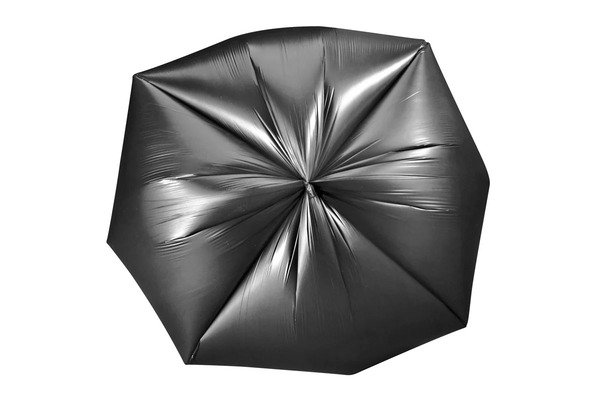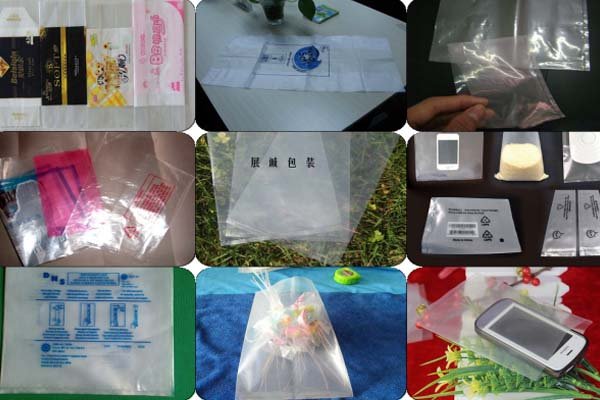
Plastic bags may appear simple, but their production involves a detailed, multi-stage process.
A plastic bag is created by melting raw plastic pellets1, extruding them into a thin film, printing designs onto the film, and then cutting and sealing the film into bags using specialized machinery.
The process blends chemistry with mechanical engineering, beginning with raw materials extracted from the earth and ending with high-speed manufacturing. This guide outlines each step, from raw material extraction to the production of finished bags.
From Oil to Raw Material: Extracting Petroleum
The creation of a plastic bag begins with crude oil or natural gas, extracted from underground and processed into key components for plastic production.
The initial stage involves extracting crude oil or natural gas, transporting it to a refinery, and separating it into various fractions, including naphtha, the primary feedstock for many plastics.
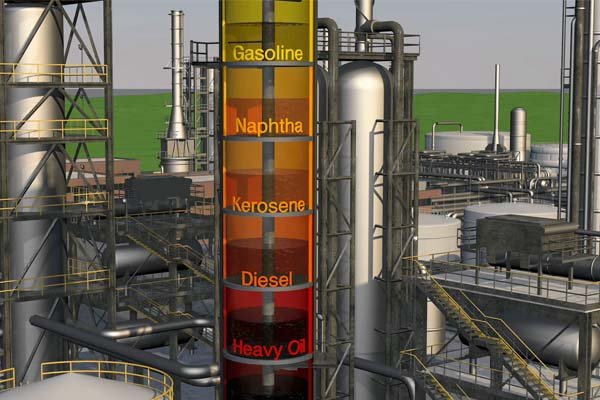
Drilling and Extraction
Crude oil and natural gas are drilled from underground reservoirs. The raw material is then transported to a refinery. The consistency of the raw material is crucial, as it affects the quality of the final plastic.
Refining Crude Oil
Fractional distillation at the refinery separates crude oil into different components:
- The oil is heated until it vaporizes.
- The vapor rises in a fractionating tower.
- Cooling at different levels condenses fractions into liquids.
- Lighter fractions rise to the top, while heavier ones remain at the bottom. Naphtha, a critical feedstock for plastic, is among the fractions collected.
Creating Monomers
Naphtha undergoes a cracking process, breaking large hydrocarbon molecules into smaller monomers such as ethylene and propylene. These monomers serve as the chemical building blocks for plastics. While most plastic bags originate from fossil-based feedstocks, alternatives like PLA (derived from plant-based sources) can also be used.
Turning Petroleum into Plastic Pellets
Once monomers are obtained, they are polymerized into solid plastic pellets.
Polymerization links monomers into long polymer chains, producing polyethylene or polypropylene. These polymers are cooled, solidified, and chopped into pellets for ease of transport and processing.
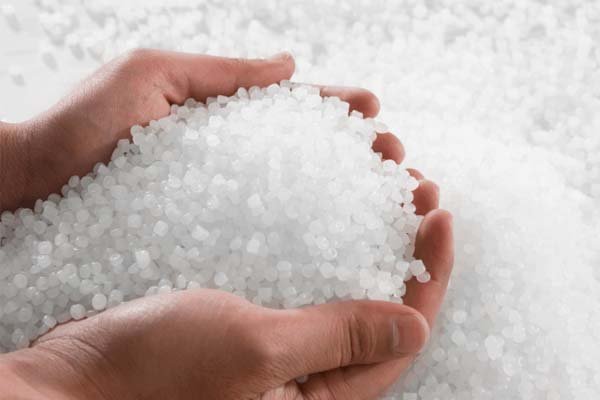
The Polymerization Process
Thousands of monomers join together under controlled temperature and pressure, forming strong, durable plastics. The resulting polymer type determines the properties of the final product.
Pellet Types and Uses
Different pellet types yield plastics with distinct properties:
| Pellet Type | Full Name | Key Properties | Common Bag Types |
|---|---|---|---|
| HDPE | High-Density Polyethylene | Strong, stiff, lightweight | T-shirt bags, grocery bags, garbage liners |
| LDPE | Low-Density Polyethylene | Flexible, transparent, good sealing | Food packaging, bread bags, produce bags |
| PP | Polypropylene | High clarity, tough, heat resistant | Laminated pouches, snack food bags |
| PLA | Polylactic Acid | Biodegradable, compostable | Eco-friendly shopping bags, organic food packaging |
The molten polymer is extruded into strands, cooled, and chopped into pellets ready for use by manufacturers.
Feeding Pellets into the Blown Film Machine
Plastic pellets are processed into thin film using blown film extrusion2.
Pellets are loaded into a hopper, which feeds them into the extruder barrel by gravity.
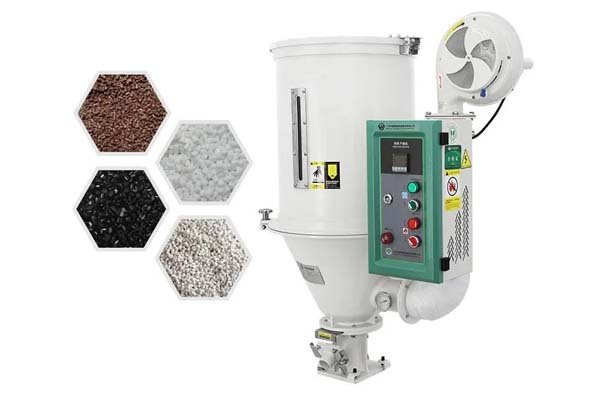
Hopper Function
The hopper ensures a continuous flow of pellets into the extruder, preventing thickness and quality variations.
Additives
Colorants, UV stabilizers, and other additives can be blended with the pellets at this stage to achieve desired properties.
Automation
Precision feeding systems maintain a constant pellet flow rate, ensuring uniform film production and minimizing waste.
Heating and Melting for Film Production
Inside the extruder, pellets are heated and melted into a uniform molten state.
A rotating screw pushes pellets through a heated barrel, where they melt through applied heat and friction.
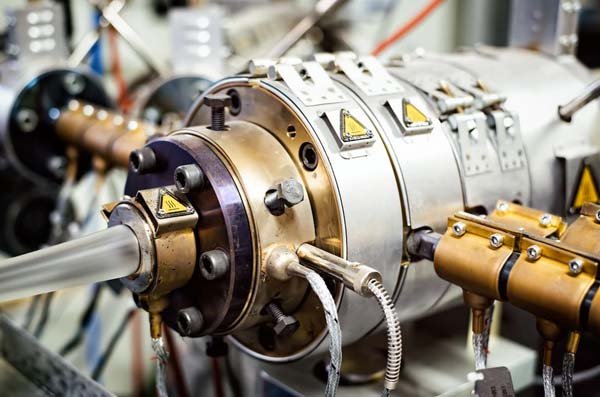
Extruder and Screw
The screw mixes and homogenizes the melt to ensure uniformity.
Blown Film Formation
Molten plastic is pushed through a circular die, forming a tube. Air inflates the tube, thinning the film to the desired thickness.
Quality Factors
Key parameters include:
- Temperature – set precisely for the polymer type.
- Screw speed – controls extrusion rate.
- Air pressure – determines bubble size and film thickness.
The cooled bubble is flattened into a film and wound onto rolls.
Printing Designs on the Plastic Film
Most bags feature printed graphics or branding applied through flexographic printing3.
Film is unwound and fed through a printing press, where flexible plates transfer quick-drying ink onto its surface.
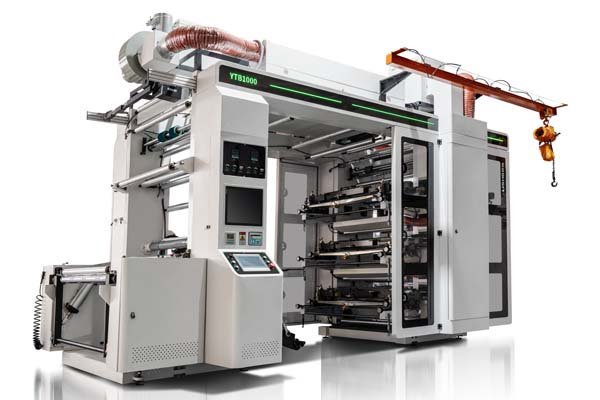
Flexographic Printing Steps
- Artwork is etched onto flexible plates (one per color).
- Plates are mounted on rotating cylinders.
- Ink is applied to raised areas of the plates.
- Film passes through each color station until the design is complete.
Tension Control
Consistent film tension ensures accurate color registration and prevents smearing.
After printing, the film is dried and rewound.
Cutting and Sealing in the Bag-Making Machine
Printed film is converted into finished bags.
Film is cut to length and sealed by heat or pressure to form the bag's structure.
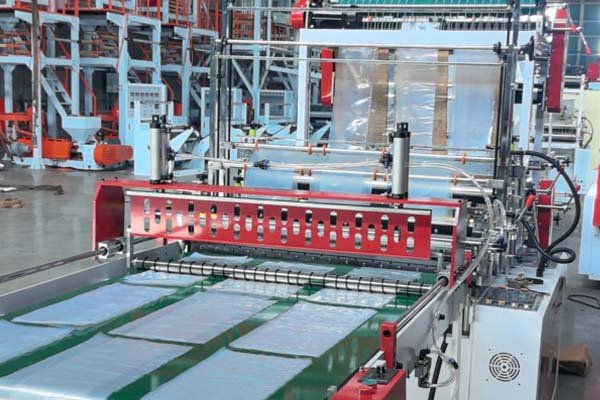
Process
Film is pulled through rollers, registered for print alignment, sealed with heated bars, and cut into individual bags.
Machine Types
Different bags require different machines:
| Bag Type | Machine Type | Function |
|---|---|---|
| Shopping Bag | T-Shirt Bag Machine | Cuts handles and seals sides |
| Courier Mailer | Courier Bag Machine | Creates side seals, applies adhesive strips |
| Food Pouch | Lamination Pouch Machine | Handles multi-layer films, adds zippers |
| Produce Bag | Bottom Seal Machine | Creates a simple bottom seal |
| Boutique Bag | Loop/Patch Handle Machine | Adds separate handles |
Precision
Seal temperature, pressure, and dwell time are tightly controlled to ensure strong, consistent seals.
Final Quality Check and Packaging
Before shipment, bags undergo inspection.
Operators or automated systems check seal strength4, print quality, dimensions, and material condition.
Quality Checks
- Seal integrity – tested for strength.
- Print alignment – checked for accuracy.
- Dimensions – verified against specifications.
- Material quality – inspected for defects.
Approved bags are stacked, packaged, and shipped.
Conclusion
Plastic bag manufacturing transforms raw fossil or plant-based feedstocks into a finished product through multiple precise steps. Each stage—from raw material processing to film production, printing, sealing, and quality control—relies on specialized machinery and exact process control to ensure a consistent, high-quality result.
-
Explore the production process of raw plastic pellets to gain insights into the plastic manufacturing industry. ↩
-
Gain a deeper understanding of blown film extrusion, a key process in plastic bag manufacturing. ↩
-
Learn about flexographic printing techniques and their importance in packaging design. ↩
-
Understanding seal strength testing can help ensure the quality and reliability of plastic bags. ↩

